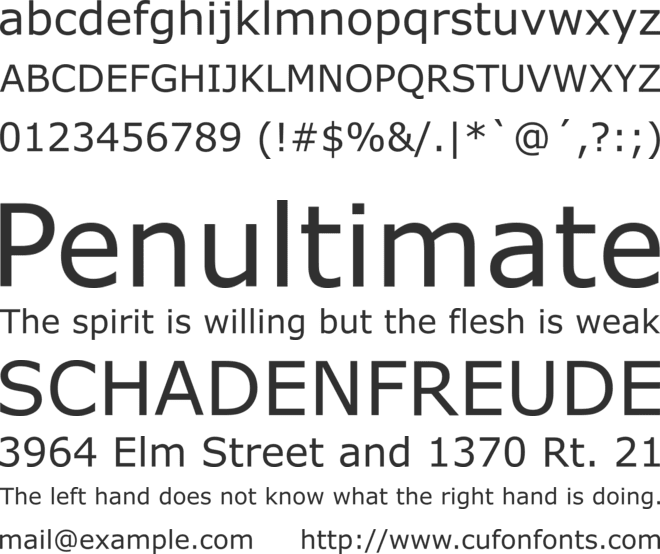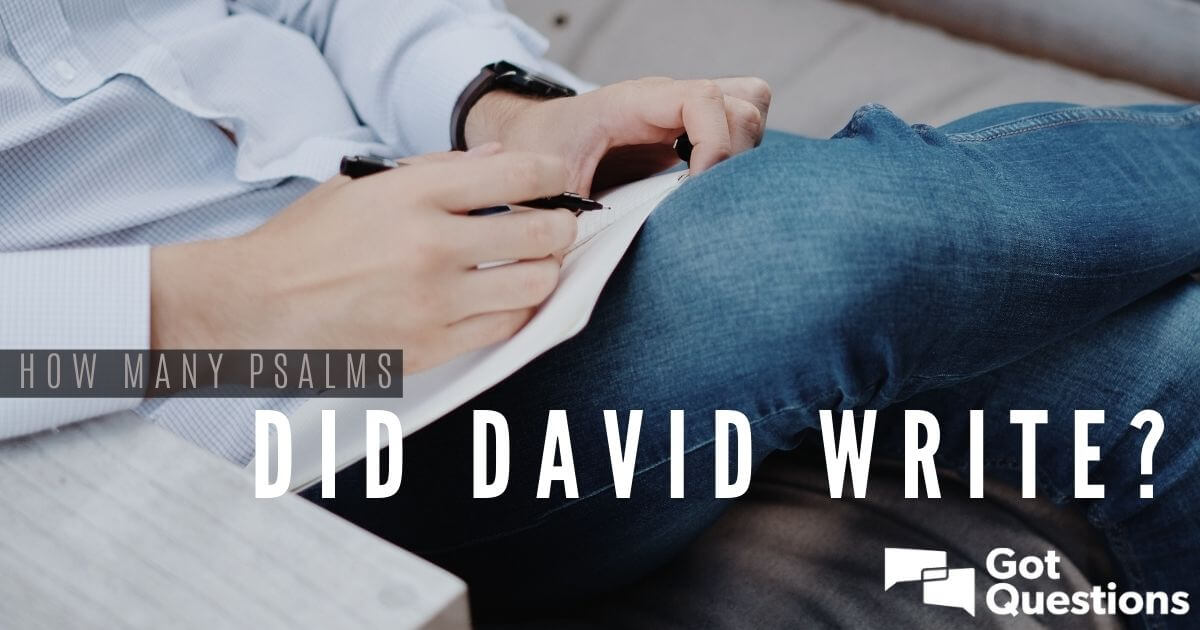

However, Microsoft's font manager Bill Hill wrote that "with its large x-height and very generous spacing, it never felt comfortable as an eBook font". Īccording to a study of online fonts by the Software Usability and Research Laboratory at Wichita State University, participants preferred Verdana to be the best overall font choice and it was also perceived as being among the most legible fonts. However, these files include only old versions of Verdana and updated versions are not available as a freeware.Īccording to one long-running survey, the availability of Verdana is 99.70% on Windows, 98.05% on computers running Mac OS, and 67.91% on free operating systems like Linux. The downloadable files are still available legally from third-party web sites see the External links section.
VERDANA FONT FAMILY FOR MAC
In addition, up until 2002 it was available for download from Microsoft's web site as freeware (".exe" files for Microsoft Windows and in ".sit.hqx" archives for Mac OS) under a proprietary license imposing some restrictions on usage and distribution, allowing it to be used by end users in any system supporting installation of "exe" or ".sit.hqx" files and supporting TrueType fonts.
VERDANA FONT FAMILY MAC OS X
Since at least Mac OS X 10.4 it is even bundled with Mac OS itself.

Released in 1996, Verdana was bundled with subsequent versions of the Windows operating system, as well as their Office and Internet Explorer software on Windows, classic Mac OS, and Mac OS X. This is similar to the digit "1" found in Morris Fuller Benton's sans-serif typefaces News Gothic and Franklin Gothic.

Carter has described spacing as an area he particularly worked on during the design process. The bold weight is thicker than would be normal with fonts for print use, suiting the limitations of onscreen display.

The counters and apertures are wide, to keep strokes clearly separate from one another, and similarly shaped letters are designed to appear clearly different to increase legibility for body text. Like many designs of this type, Verdana has a large x-height (tall lower-case characters), with wider proportions and looser letter-spacing than on print-orientated designs like Helvetica. īearing similarities to humanist sans-serif typefaces such as Frutiger, Verdana was designed to be readable at small sizes on the low-resolution computer screens of the period. The name "Verdana" is based on verdant (something green), and Ana (the name of Howlett's eldest daughter). Demand for such a typeface was recognized by Virginia Howlett of Microsoft's typography group and commissioned by Steve Ballmer. Verdana is a humanist sans-serif typeface designed by Matthew Carter for Microsoft Corporation, with hand- hinting done by Thomas Rickner, then at Monotype. It is a good idea to read its documentation.For other uses, see Verdana (disambiguation). What are you using?Īnyway, if you do use XeLaTeX you can use the fontspec package. How this is done would depend on your editor. But it does mean that you need to explicitly tell your editor to use XeLaTeX instead of pdfLaTeX to compile. XeLaTeX is different from regular LaTeX or pdfLaTeX, though MacTeX 2010 comes with all of them, and like pdfLaTeX, XeLaTeX generates a PDF by default. The easiest way to use an arbitrary TrueType font is to typeset using XeLaTeX.
VERDANA FONT FAMILY FOR FREE
Secondly, Verdana is a commercially owned proprietary font, and it seems odd to be that a university would require their students to use any particular commercial product (at least not unless they were supplying it to them for free though perhaps they are.) Firstly, Verdana is a sans serif font, and traditionally, body text is typeset in a serif font. Perhaps this is neither here nor there, but I find it rather surprising that your faculty would require you to typeset your thesis using the Verdana font.


 0 kommentar(er)
0 kommentar(er)
